SAS founder and a British and Irish Lion: The real Paddy Mayne
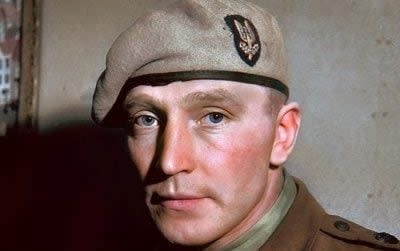
While viewers of the BBC’s adrenaline-fuelled drama, SAS Rogue Heroes, are left in no doubt about the gung-ho daring of Lieutenant Colonel Robert Blair ‘Paddy’ Mayne, one of the founders of the British Army’s special forces unit during the Second World War, one of the surprise omissions is any mention in the series of his equally incredible accomplishments on the rugby field.
Mayne’s remarkable bravado to disrupt Rommel’s campaign in north Africa and later in Italy, France and Germany would culminate in the Ulsterman as one of the army’s most decorated soldiers. Mayne was initially awarded a Victoria Cross for his actions at Oldenburg in April 1945, with the citation signed off by Field Marshal Montgomery.
Controversially it was eventually downgraded to a third bar of the Distinguished Service Order on the grounds that it had not been a single act of bravery, a decision that appeared to leave even King George VI baffled.
Yet the war also brought to a premature end an outstanding sporting career. A back injury sustained on the SAS’s first parachute drop prevented Mayne from playing rugby again, shortening an international career that had already reached stellar heights before the outbreak of war.

Not surprisingly, it was similar attributes – a courageousness that often bordered on recklessness and prowess in physical combat – that made him one of the most feared players on the international stage by 1938, culminating in making 20 appearances for the British and Irish Lions on their tour of South Africa. And while his on-pitch bravery knew no bounds, like in wartime, he became renowned for his disrespect for authority and off-field antics.
Raised in Newtownards in Northern Ireland, Mayne’s sporting ability was evident at an early age. By the age of 11 he could drive a golf ball further than most adults and by 1937 was playing off a handicap of eight and winning local competitions. He was also a keen cricketer and first honed his shooting skills at a rifle club.
It was playing for his school, Regent House, that his rugby skills first began to stand out – by the age of 16 he was playing for the men’s side at Ards Rugby Football Club. His love of the sport also saw him take up boxing when he left to study law at Queen’s University in order to ensure he remained in peak physical condition. By 1936, he was crowned Irish University heavyweight champion, displaying a ferocious pugnacity that would later define his wartime heroics.
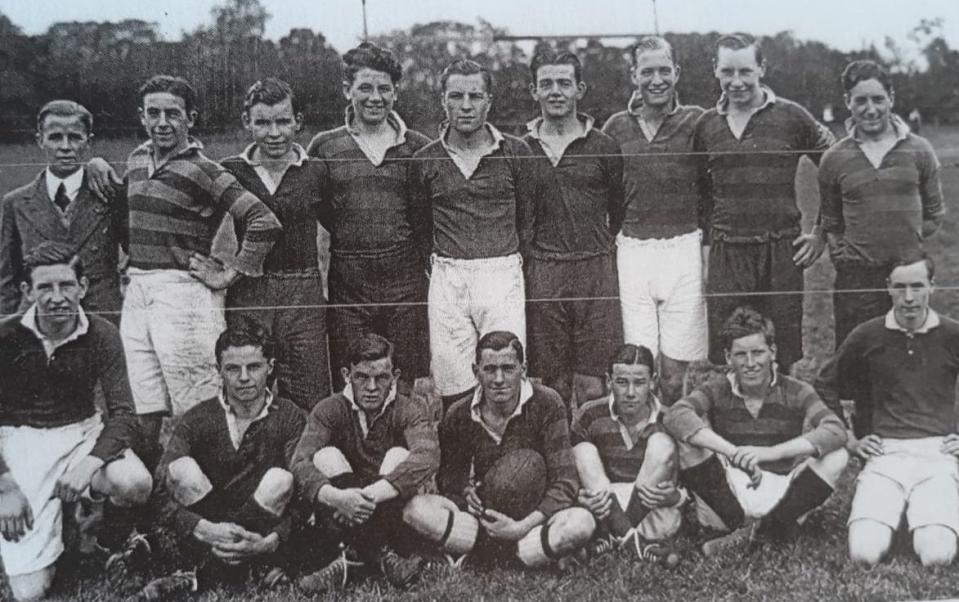
Yet rugby was his ultimate peacetime calling. Blessed to be part of a university side that also included future Lions team-mates Harry McKibbin and George Cromey in the back line, Mayne was at the heart of a Queen’s team that dominated Irish rugby, winning two Ulster Senior Cups and an All Ireland Cup.
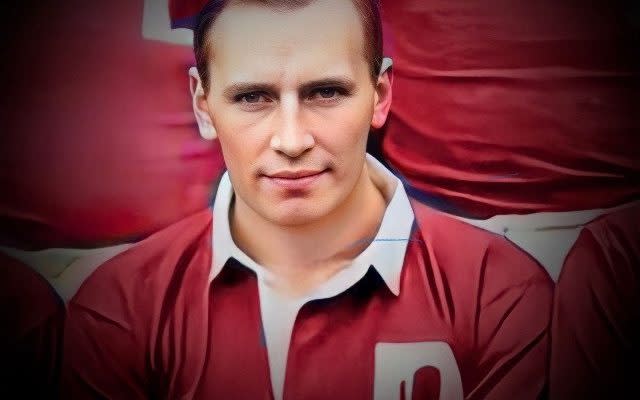
Mayne’s performances in the Queen’s pack soon caught the eye of the Irish selectors and he won his first Ireland cap in a 5-3 win over Wales during the 1937 championship. Just two caps later, the all-action display of this teak-tough lock was enough to convince the Lions selectors to take him on tour to South Africa.
The tour lasted over three months and featured a total of 24 games (a stark contrast to last year’s eight-game tour) including three Tests against the Springboks and two matches against Rhodesia (modern-day Zimbabwe).
Mayne played alongside three of his Queen’s team-mates – Cromey, McKibbin and Robert Alexander – in the famous 21-16 victory in the third Test and although the series was lost 2-1 against a Springbok side who at the time were hailed as the unofficial world champions, Mayne’s place in Lions folklore was born.
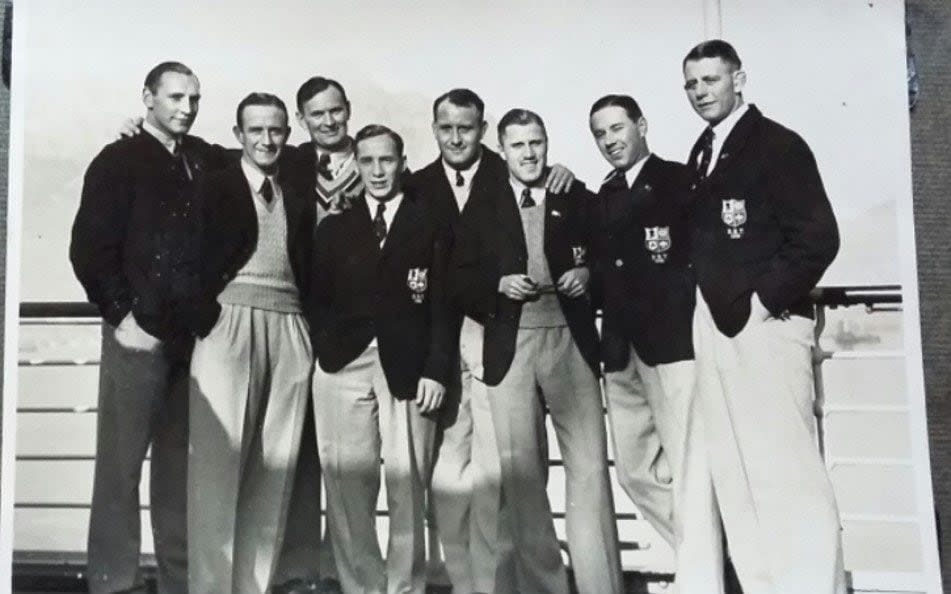
His fearsome reputation was such that he finished the tour with even the South African journalists proclaiming him to be ‘one of the greatest forwards in the world’.
His rogue tendencies off the pitch were equally prominent and, like the portrayal of his SAS antics, at times the edges between reality and myth were blurred. Ciaran Donaghy, a journalist who is currently writing a book detailing the feats of Queen’s University rugby legends including Mayne, says one of the Ulsterman’s party tricks in South Africa was smashing hotel furniture – especially if he thought the tour officials’ rooms were superior to the those of the players.
“A running joke on the tour was he spent most of his time off the pitch putting hotel doors back on their hinges,” says Donaghy.
Mayne found a kindred spirit for causing madness and mayhem in William ‘Bunner’ Travers, the Wales hooker. “While in Durban, the pair would don sailor’s uniforms and go to the docks to pick fights with the longshoremen,” adds Donaghy.
'A gift from the British Isles touring team'
While ahead of the first Test in Johannesburg, the pair decided to free a convict they had befriended called ‘Rooster’ (he had been serving a seven-year sentence for stealing chickens), one of a number who had been deployed from a local prison to add extra seating to the stadium.
“The convicts slept under the scaffolding at the stadium after finishing their day’s work,” adds Donaghy. “Taking pity on their new pal, the Lions duo returned in the middle of the night after acquiring a pair of bolt cutters. Mayne and Travers cut Rooster’s chains, dressed him in a change of clothes they’d brought and set him and another convict free. However, Rooster was recaptured the next day by the South African police wearing a coat with the name Blair Mayne stitched into the collar.”
Sammy Walker, the Lions captain and fellow Ulsterman, had to beg tour manager Major Bernard Charles Hartley on many occasions not to send Mayne home because of his off-field antics.
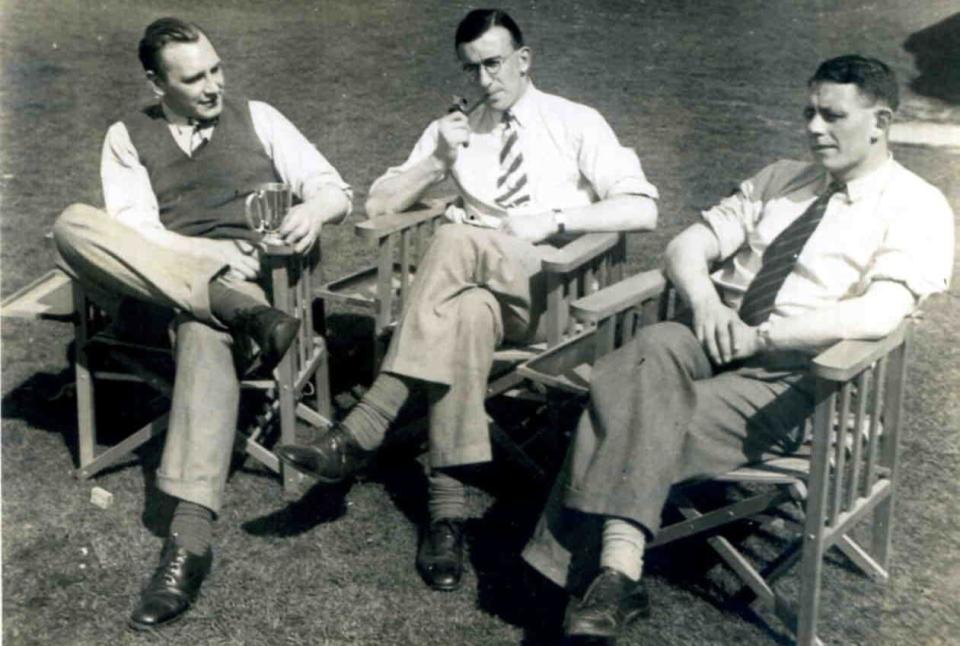
In a bid to calm the combustible Mayne down, the tour management decided the lock should room with Cromey, his Queen’s team-mate and a Presbyterian minister. It was a forlorn hope.
“Not one for formal proceedings, instead of going to a reception Mayne found a group of locals going on a hunting expedition,” adds Donaghy.
“Dressed in a white dinner suit complete with cummerbund, Mayne decided a night’s shooting would be better than making rugby small talk around the dinner table.
“At 9am the next morning Mayne returned to his room, took the door off its hinges and proclaimed to Cromey that he had shot a springbok, with the animal wrapped arounds his shoulders making a bloodied mess of his white dinner suit.
“After showing it off to several other team-mates, including English wing Jimmy Urwin who had complained during the tour about the quality of the meat, Mayne climbed onto a ledge to leave the animal hanging outside the room window of the South African manager with a note reading ‘a gift of fresh meat from the British Isles touring team’.”

Realising he had overstepped the mark, Mayne disappeared for three days returning to meet up with the team as they boarded the ship for home still clad in his white dinner suit.
He would also repay Walker’s loyalty. During one provincial game when Walker was knocked unconscious by a South African opponent, as he recovered as sat up he saw two stretcher bearers attend to the culprit, who was now prostrate himself.
“Don’t worry Sammy, it’s sorted,” said Mayne, standing over his captain.
But as the BBC drama reveals, Mayne was a complex character – and his family have raised some concerns that the portrayal showed him to be "someone he wasn't".
Two inaccuracies in the Steven Knight drama that are not in doubt are his physique and attitude to swearing. While the actor playing Mayne, Jack O’Connell is 5ft 7ins, the man himself was 6ft 3ins, an enormous height for the time. He also had a ‘Desperate Dan’ type frame, with a chest size of 48 ins and waist of 34 ins. The fictional Mayne is also seen to be constantly swearing during the drama, but in real life would not tolerate any form of cursing from any soldier in his company. “He had no problems killing Germans or Italians but you never used the f-word in front of him,” adds Donaghy.
His warrior spirit matched at times by an intelligent and empathetic side. Perhaps this enigmatic personality is best captured on the pitch during his final cap for Ireland against Wales in Belfast in March 1939. Wales won 7-0, denying Ireland the Triple Crown, but the stand-out moment came from an act of retribution and then compassion from Mayne.
'My mother says I have to clean your nose'
According to Donaghy, when his Queen’s and Lions room-mate Cromey, a diminutive fly-half, was floored by a Wales forward, Mayne first appealed to the referee and when not action was taken, the lock decided to administer his own brand of justice, knocking out four Welsh forwards at the next scrum, with one of his victims left bleeding profusely.
Unfortunately for Mayne, his mother Margaret was in the stand and, appalled by her son’s act of violence, sent his sister down to the touchline at Ravenhill at half-time with a handkerchief and a note which read “that was very unsportsmanlike Blair use the hanky to tidy that young man’s face up”.
Mayne approached his bloodied opponent and barked: “My mother says I’ve to clean your nose and if you don’t stand still and play along while I do it, I’ll break every bone in your face.”
It would be his last international before the war intervened. After the war he became secretary to the Law Society of Northern Ireland but died aged just 40 in a road accident in his native Newtownards in 1955. Yet his legacy lives on today.
Mayne’s war trunk, which included photographs, diaries, personal items, letters and medals, was recently donated by his family to a museum in Ballyclare in Northern Ireland and Donaghy says museum curator David McCallion hopes the collection can help dispel some of the myths and legends around him, focusing on his incredible wartime achievements.
The publicity generated by the BBC series about his deeds is likely to rekindle calls for him to have his Victoria Cross reinstated – a motion in the House of Commons in 2005 which had the support of more than 100 MPs failed because of a 50-year rule, but it is a commotion that would not have bother the man himself, whose modesty matched his bravado.
When asked by King George VI how he felt when he was put forward for the Victoria Cross, Mayne is reported to have replied: “I serve my Lord, my King and Queen, there is no greater accolade than that and I don’t believe anyone can take that away.”

 Yahoo Sport
Yahoo Sport 




































































